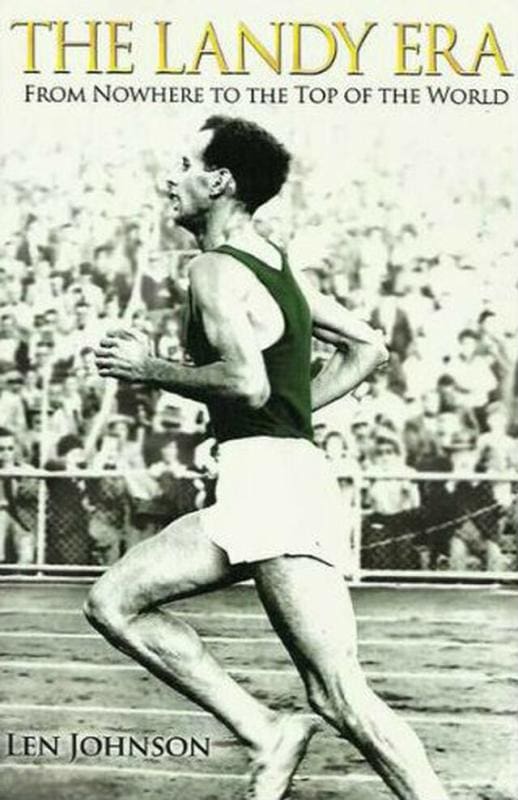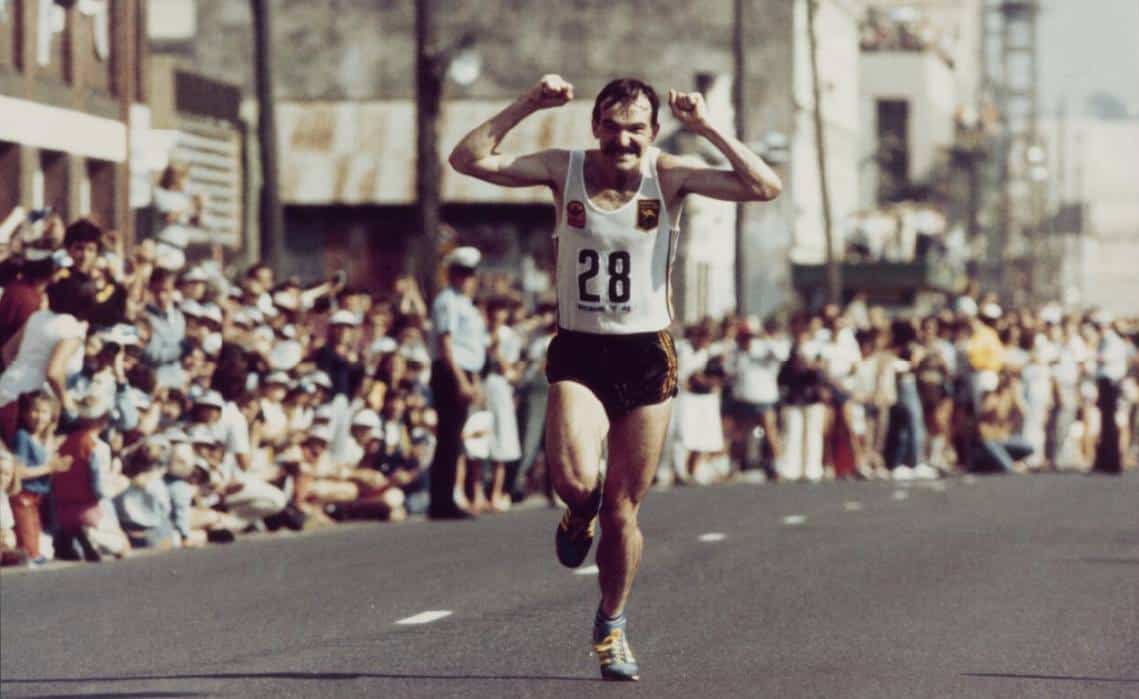As I contemplate a trip to Launceston for the national cross-country championships, 1903 keeps popping back into my mind.
A disturbing image it is, though I have no personal knowledge I hasten to add. But let me take you back to those early 20th century days. The Hobart Harriers and New Town Harriers had just been formed in the capital. Launceston Harriers quickly followed an early example of anything that happens in the south of Tasmania is quickly replicated in the north. And vice versa.
Contemporaneously, the Hobart Amateur Athletic Association was established. On Saturday 19 September the association supervised an event promoted as a ‘Go-As-You-Please’ race from the GPO to the top of kunyanyi (Mt Wellington) and return. First prize was a double-barrel shotgun – an essential gentleman’s accessory back in those days – the Watson Whiskey Trophy. Both problematic associations these days.

The Tasmanian Mail subsequently reported that “the unsettled and inclement state of the weather” in the morning had organisers considering abandonment, but with cloud clearing in the city and “the country competitors . . anxious to go” it was decided to proceed “as first announced – ‘weather fine or wet’.”
Thirty-nine of an original 70 entrants set off. The outcome was tragic as reflected in the headline and sub-headings of the report in the Mail.
The Mountain Go-As-You-Please
A Tragic Ending
Two Deaths
Young Lives Rashly Lost
There’s the possibility of snow on Kunyani/Mt Wellington again this weekend. And in Tasmania’s central highlands. But the national cross-country is at Symmons Plains Raceway, a motor racing circuit just outside Launceston. Cold, wet, windy and muddy it may be. Hypothermia, hopefully of the mild variety, may be a possibility. But that’s about as bad as it should get. I speak, of course, from the perspective of one who is NOT running.
If the tragedy of the Go-As-You-Please race was a setback, it was not a long-lasting one, at least as far as the further development of Tasmanian athletics was concerned. The association affiliated with the Australian Athletic Union in 1905 and three years later hosted the national championships in Hobart.
A young Tasmanian from a Quaker background named Alfred Clemes won the mile championship and was second across the line in the three mis to a New Zealander named Sharp (as they were officially Australasian championships then, I’m guessing that means Sharp took the title).
Anyway, it’s Clemes cross-country achievements that interest us here. Two years later again, the cross-country was held in Hobart but by that time Clemes was a Rhodes Scholar at Magdalen College in Oxford. He has claims – highly qualified claims, it must be said – to being Australia’s first world cross-country representative as he ran for the winning England team in the 1910 International Cross-Country championships, forerunner of the world cross-country.
From 1910 onwards, Tasmania regularly took its turn at hosting the national cross-country. With the intervention of the first World War, it was not until 1929 that the next nationals were staged, again in Hobart, again at the Elwick Racecourse. Victoria’s Alex Hillhouse, a finalist in the 5000 metres at the Los Angeles 1932 Olympic Games, won then from another future 1932 Olympian Bill Barwick.
Barwick was a local and took Tasmania’s first individual medal in a national cross-country. Four years later he became the state’s first champion in Melbourne.
Ten years later, the championships were run at Elwick for the third time. On this occasion George Morley of West Australia was the winner. The titles were contested at Elwick for the fourth – and so far most recent – time in 1955 when future Olympic 10,000 bronze medallist Dave Power won. In 1967, another NSW athlete Laurie Toogood lived up to his name, proving too good for Tony Benson and Derek Clayton in Launceston.
Then, in 1976, unbridled joy for the locals as Kent Rayner clung to the leading pair Fred Langford and a young Robert de Castella before unleashing a winning sprint to take the title at Hobart’s old Brighton Racecourse. It was the first win – first medal, in fact – by a male Tasmanian since Barwick in 1933. Only two more have been added since.
The 1976 championships were also the selection trial for the 1977 world cross-country. The selectors had guaranteed the first six would be picked. So far, so simple. But the gaps between Dave Chettle in seventh and Gerard Barrett in eighth was just two seconds so it was decided they should not be separated. This left just one place for Montreal Olympic 10,000 finalists Chris Wardlaw and Dave Fitzsimons. Talk about your unintended consequences. There has mostly been a trial race since (along with wider discretion).

Six years later in 1982, another Hobart shock, though this one related to the result only. Rob de Castella had come sixth in the previous year’s world cross-country, tenth in the 1982 world race in Rome a few months earlier. He had run 2:08:18 to win the 1981 Fukuoka marathon. He had not lost an Australian cross-country race since the 1977 national titles when he finished ninth after an early-race fall.

Lawrie Whitty, on the other hand, was just a very good runner. A very, very good runner, just not Deek.
The pair raced side-by-side into the last 2km of the 12km championship. Then, the unthinkable. Whitty surged, opening a 20-metre break a gap which stretched to 13 seconds at the line. There was a sub-plot at play. De Castella had sought and been granted exemption from the upcoming trial for the Commonwealth Games marathon. Fair enough – he had run 2:08 and no-one else had. Whitty argued he should be exempt too having been national champion in 1980 and with international wins in Montreal and Seoul. Regardless of the merit of the argument, he was fired up. (In the event, he qualified in the 10,000 and finished eighth.)
By that time the men’s and women’s cross-country championships had finally been amalgamated. Megan Sloane beat Sally Pierson in the women’s title.
Robbie O’Donnell and Jenny Lund won in 1990 when the titles were held on a course at Hobart’s Risdon Police Academy notable for its swooping plovers. Eleven years later, Kylie Risk gave Tasmania its first home winner at a home championship since Kent Rayner, taking her third title in Hobart as Craig Semple won the men’s race.